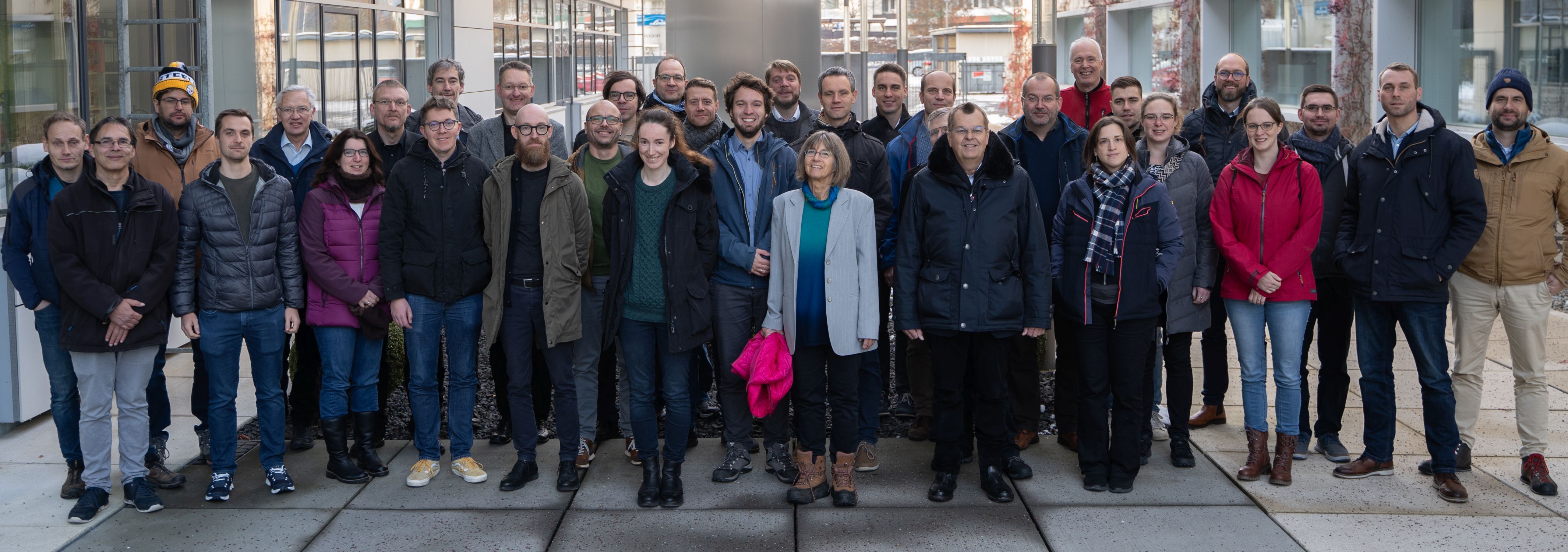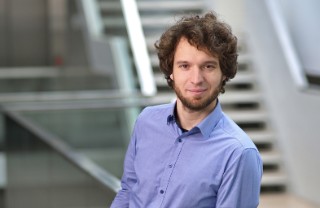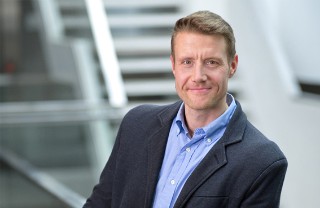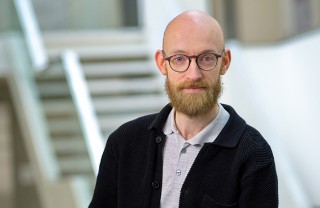Motivation and Problem
South Africa has abundant renewable energy sources such as sun and wind that can be used to produce clean and sustainable hydrogen. The country could therefore play an important role as a hydrogen producer for Germany and Europe in the future, provided that suitable infrastructure for hydrogen storage and distribution is developed and production costs can be reduced to remain competitive.
This is where the HySecunda joint project comes in, which is developing practical and scalable solutions for green hydrogen production in South Africa over a period of three years. The project is implementing capacity-building solutions, such as a training and education concept that addresses the country-specific needs of the 16 states comprising the Southern African Development Community (SADC region).
 Fraunhofer Center for Silicon Photovoltaics CSP
Fraunhofer Center for Silicon Photovoltaics CSP


